One of the questions I often get is ‘Are oatmeal or oats paleo-friendly?’. I’ve put together a simple guide to oats on a paleo diet, including nutritional know-how; plus, I have a few morning paleo oatmeals and porridge alternatives.
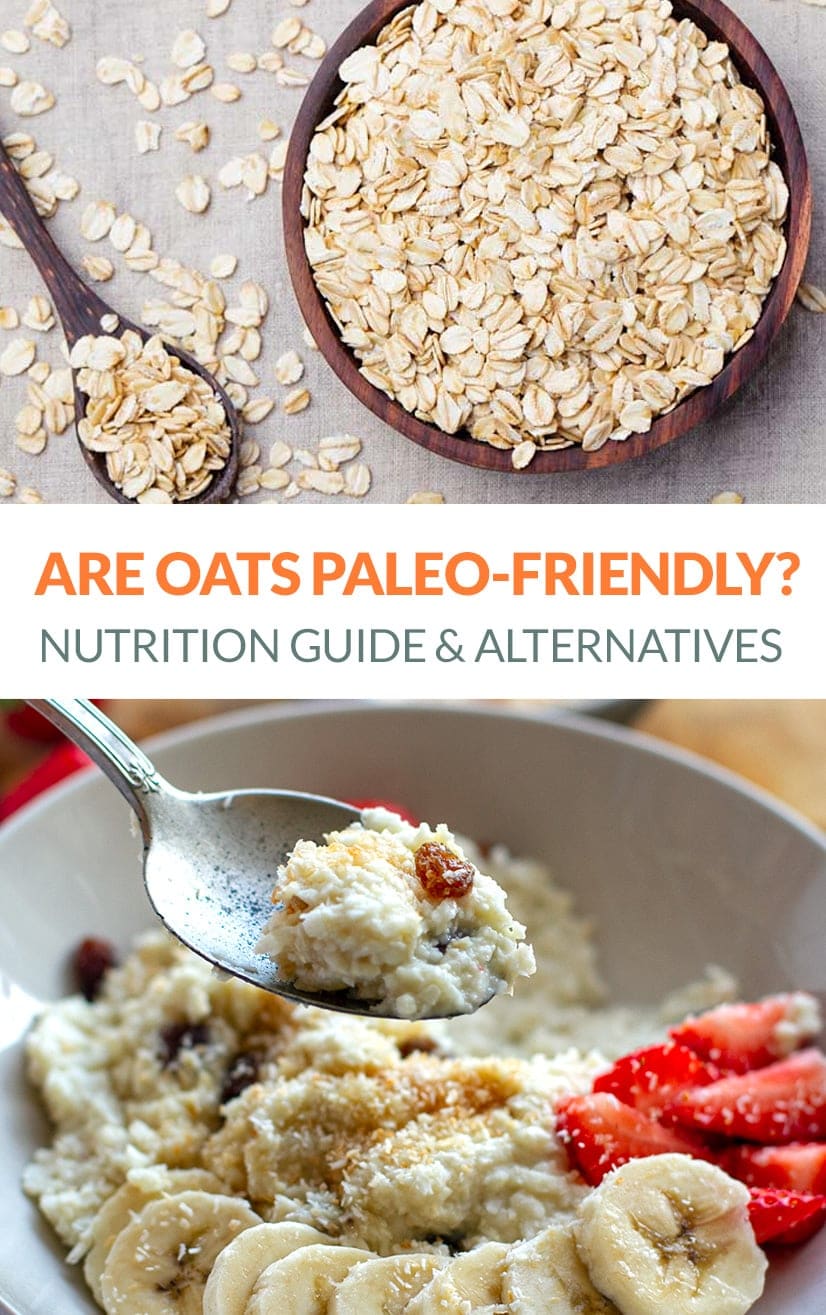
Oats are generally thought to be pretty healthy and nutritious and are marketed to the mainstream as a healthy food. However, like other grains and pseudo-grains, oats contain antinutrients – like phytic acid, lectins and avenin – which we try to avoid on the paleo diet. If you’re interested if oats are paleo, you might also want to read my articles on green peas, buckwheat, quinoa, white rice, potatoes and miso.
Let’s take a look at the pros and cons of humble oatmeal in the context of the paleo diet.
What Are Oats and Where Do They Come From?
The oat plant is a species of cereal grain, grown for edible seeds or ‘groats’. Once the husk is removed from the groat, it may be left whole, or processed into rolled oats (steamed and rolled flat), oatmeal (chopped into small pieces), or ground into oat flour.
Oats are a common livestock feed, but humans also like to eat them in muesli, granola, porridge, and baked goods. You can even brew beer from them!
Are Oats & Oatmeal Paleo?
Oats are marketed as a healthy food as they are high in soluble fibre and complex carbohydrates. For cereal, oats also have a reasonably high amount of protein (here’s a full nutritional breakdown).
However, people choose to avoid oats on the paleo diet because (like other grains and legumes) they contain antinutrients which contribute to a leaky gut, cause inflammation, weaken the immune system, and trigger autoimmune disease. Oats are also often contaminated with gluten from contact with other crops.
Antinutrients In Oats
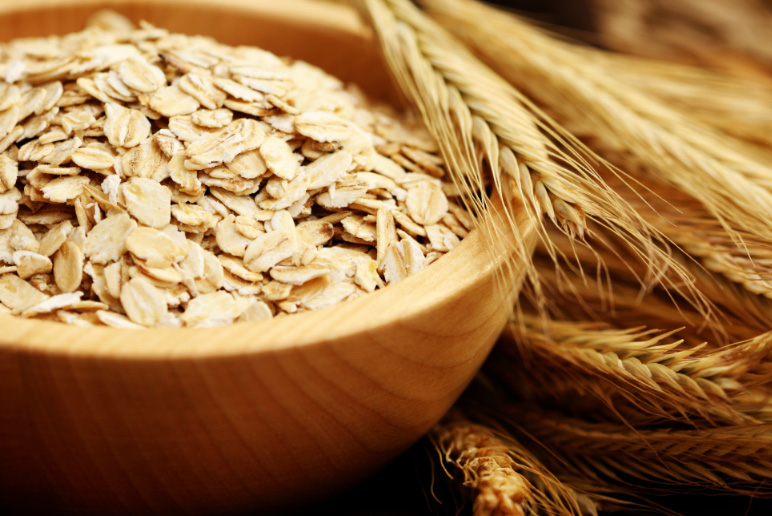
Avenin
Avenin is a protein found in oats. For some coeliacs and gluten-sensitive people, avenin can trigger a reaction similar to gluten by irritating the intestinal lining.
Phytic acid (phytate)
Phytic acid is found in grains, nuts, seeds and beans. In oats, most of the phytic acid is found in the outer husk or bran. Phytic acid binds minerals (like calcium, zinc, iron, and magnesium) and prevents us from absorbing them. A high phytate diet can result in mineral deficiencies, which cause diseases such as osteoporosis and rickets.
Lectins
Lectins are proteins that are produced by plants as a defence mechanism – basically to stop their seeds being eaten by pests and insects, and to protect against microorganisms like mould and fungus.
When ingested, lectins irritate the digestive tract causing discomfort (the idea being that the predator learns not to eat the seed again).
Only certain types of lectins are toxic (like gluten). However, those found in grains, legumes and pseudo-grains can cause digestive upset, damage to the intestinal wall, and immune response. Read more about why you should avoid grains and legumes.
Gluten
While oats are technically gluten-free, they can be cross-contaminated by other gluten-containing grains (e.g. wheat, barley or rye) during processing. They can also be contaminated in the field, for instance, if they are grown next to a field of wheat.
Carbohydrates and insulin
Aside from the antinutrients, oats are quite high in carbohydrates, and although the high fibre content lowers the glycemic index of oats, they can still cause a high insulin spike in your blood. Regular consumption of insulin-spiking foods can cause insulin resistance and diabetes. We are all for healthy amounts of carbohydrates in the diet but it’s something to keep in mind.
Are There Any ‘Maybe’ Caveats?
Many people love a comforting bowl of oatmeal and find it hard to give it up when switching to a paleo lifestyle. If you really can’t foresee a life without oats, there are a few things you can do when preparing your oats to reduce the impact.
Firstly, make sure you buy gluten-free oats. Secondly, reduce the phytic acid content. As oats contain very little phytase (which breaks down phytate), soaking oats is not enough to reduce the phytic acid content significantly. However, there are a couple of techniques you can try:
- Sprout and soak: malt (sprout) the oats for five days at 11ºC/52ºF, then soak for 17 hours at 49ºC/120ºF. This removes 98 per cent of phytates. Try this method.
- Soak with a complimentary grain: add a small amount of ground wheat, spelt, rye, or buckwheat. The phytase in these grains is shown to reduce the phytic acid in the oats. Try this recipe.
- Soak and ferment: soak the oats with a complimentary grain (as above) in an acidic medium like whey, kefir or yoghurt. Try this recipe.
Paleo Oatmeal and Porridge Alternatives
If you shop on Amazon US, there is this pretty good instant hot paleo cereal alternative that gets good reviews. 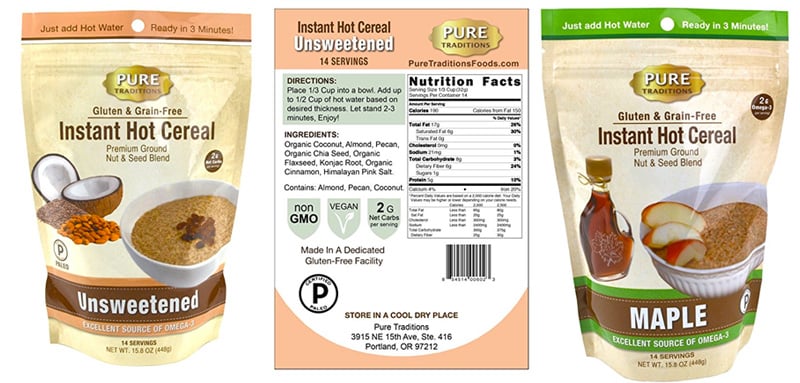
If you find that you can’t tolerate oats, or you can’t be bothered to soak, ferment and cook them, don’t worry – check out these delicious no-oat oatmeal and porridge alternatives.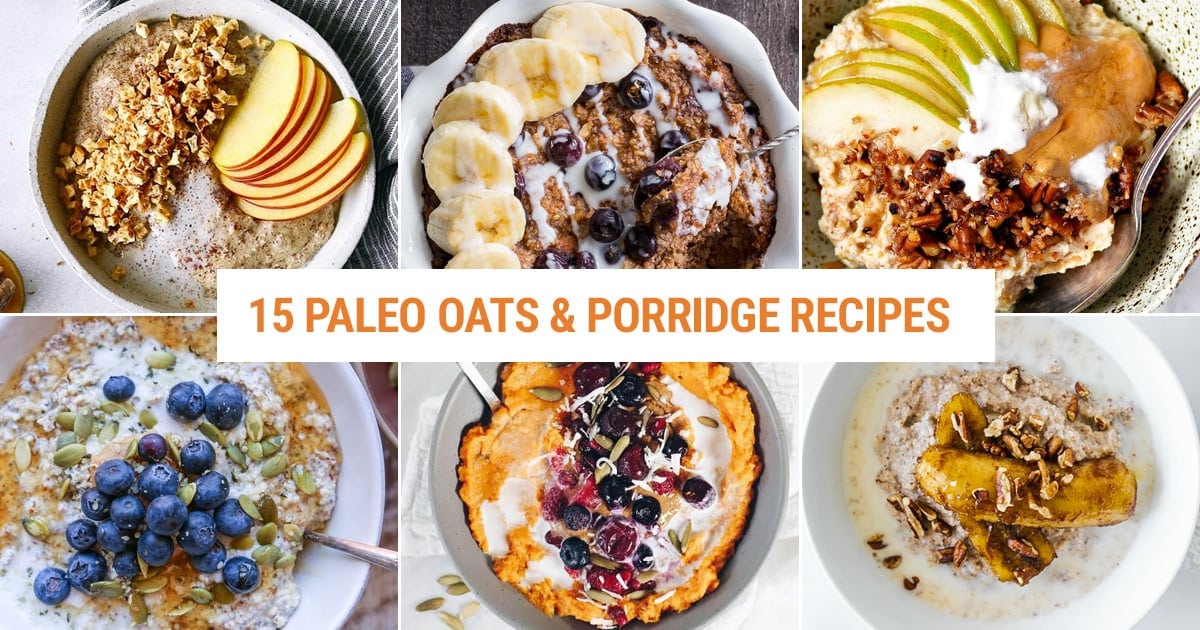
References & Further Reading
The Weston A Price Foundation: Preparing Grains, Nuts, Seeds and Beans for Maximum Nutrition
Mark’s Daily Apple: Are Oats Healthy?
Wikipedia: Oat and Oat Sensitivity
Amanda Rose, PhyticAcid.org: Oatmeal and Phytic Acid
Precision Nutrition: All about Lectins
Mark’s Daily Apple: The Lowdown on Lectins



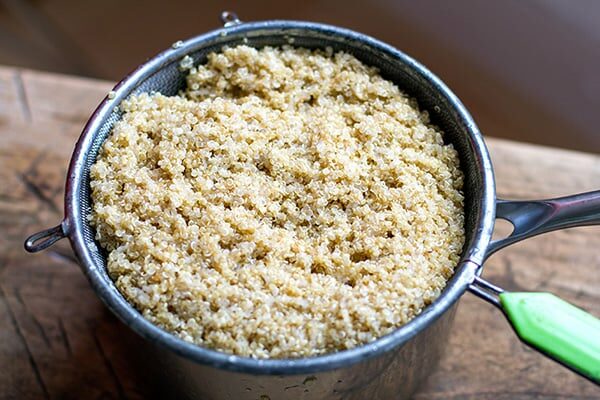
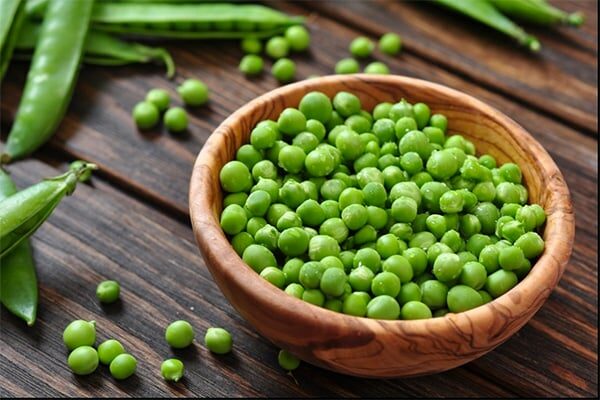
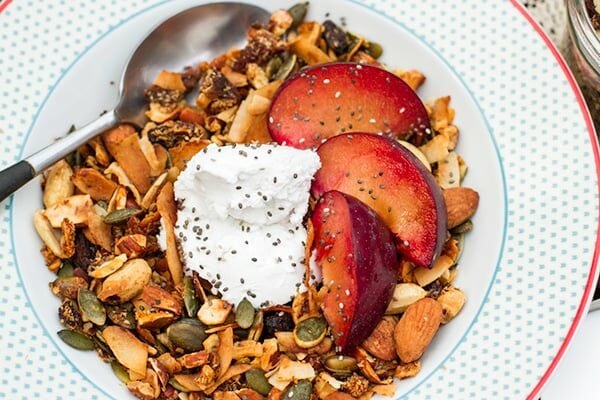
I think you mean complEmentary grain. A complement is not a compliment. 😉
Isn’t spinach high in phytic acid? Even more than oatmeal. Spinach is considered paleo. ????
This article deserves some critical thought. Avenin and Lectin are extra paragraphs though they are the same thing. And contamination with wheat can happen to a lot of products, so it’s not a contra argument unless you’re allergic. The carbs in oats are less prevalent than in fruit because they are complex (starch) and because of the high fibre content of oats. Phytic acid really is the only argument here, and that’s contained in a lot of vegetables too.
Oats are probably as safe to consume as rice, which is a paleo favourite in its processed form (white rice).
That said, you should always listen to your body and monitor very closely any changes in your well-being after consuming oats. If it makes you feel bad, it’s probably not good for you.
Thank you for the article. It’s very informative and helpful.
I checked out the Wikipedia link on oat sensitivity you posted. It doesn’t even mention phytic acid. Your Amanda rose link is broken. I’ll search for a different one. Thanks for the info.
With oats, many people are sensitive to lectins or gluten (unless the oats are gluten-free). I’ll check out the Amanda rose link, thanks for the heads up.
All oats are gluten free. It’s the milling/cross contamination that is the issue.
I would like to see the peer reviewed papers to support the claim oats cause auto immune response